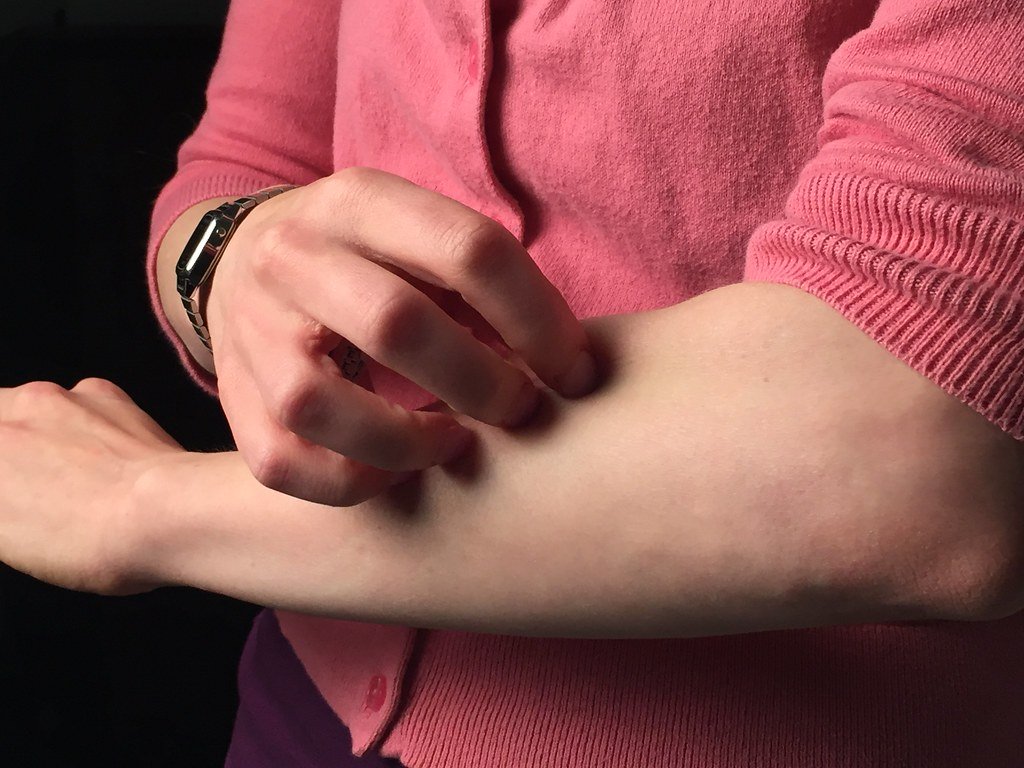Urticaria
Most people are familiar with the term ‘hives’. They typically present as itchy, raised ‘welts’ which can occur nearly anywhere on the body – including the scalp, groin, hands, and feet. In dermatology, we use the term urticaria instead of ‘hives’. Despite popular belief, most cases of urticaria are not due to an allergy. Instead, they usually happen for no identifiable reason at all.

Medicines called antihistamines are the primary treatment for urticaria. The most common is Benadryl, although there are many other prescription and overthecounter brands as well.
What many people don’t realize is that some of the medicines used for controlling stomach acid are actually a type of antihistamine also. These would include medicines like cimetidine (Tagamet®) and ranitidine (Zantac®). Even though these are usually used for heartburn, they can be particularly helpful when someone has difficulttocontrol breakouts.
The first goal with treating urticaria is to simply relieve the inflammation and itching. After doing so, most cases resolve without further testing. If needed, a biopsy or allergy testing may be considered. But again, usually no specific cause is found and ultimately we just have to allow time for the urticaria to quit flaring on its own.
YOUR TREATMENT PLAN
- Please do your best to avoid any activity which stimulates blood flow to the surface of the skin. Avoid hot temperatures including hot baths and showers. Even scratching and rubbing can also make the urticaria flare worse.
- Although allergens usually don’t play a role, if there is a strong suspicion that a certain allergen did cause your breakout, then do your best to avoid it.
- Aspirin and other ‘NSAIDs’ (such as Advil®, Aleve®, etc.) can contribute to urticaria. If you are taking any such medications, please consider discontinuing their use. NOTE: If you’re prescribed aspirin by your PCP or heart doctor, we would ask that you seek their approval before stopping it.
- For the best results, the key is to provide steady coverage with the recommended medications throughout the day.


